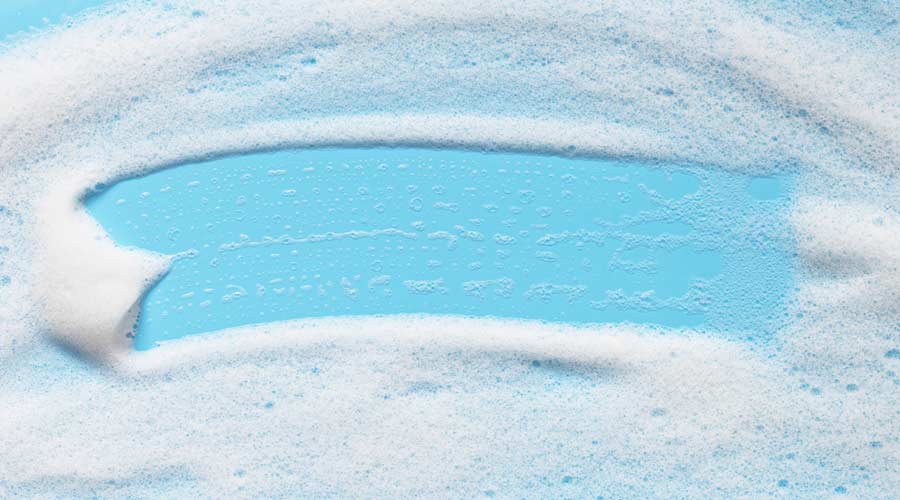A common concern for BSCs who wish to implement low-decibel vacuums into their cleaning programs regards the machine’s overall performance, Fragomeni says.
At one period of time, it was considered that the louder a vacuum motor was, the better the machine “suctioned” the soil and debris from commercial building floors. Today, efficient motors can both be quieter and effective.
While it’s true that lower-settings do reduce vacuum lift, Fragomeni says there is only a slight difference in static lift, or the amount of air being sucked through.
Fragomeni points out that reduced lift may become an issue in industrial facilities, or other environments with heavy soiling. In those cases, a high-powered vacuum is best suited, he says.
“We haven’t seen much difference — we’re getting great lift,” says Fragomeni. “It was an earlier concern, but so far has not been an issue.”
To further maintain suction and low-decibel volumes, Fragomeni suggests that janitors remove and clear a vacuum’s filter bag after every two hours of use, and at the end of every shift. At least once a week, the company’s janitors simply wash the filters with water. It’s also important to replace filters, when needed.
These actions prevents the filter from becoming blocked with soil and debris — which not only can thrust contaminants back into the air, but can also cause clogging and motor malfunction. When a vacuum malfunctions, its motor will operate at an increasingly higher volume, negating the benefits of using low-decibel carpet equipment.
“As far as it relates to the force of the vacuum itself, the use of multiple filters or HEPA filtration is paramount,” Fragomeni says. “The amount of maintenance is minimal and it takes a shorter period of time. When you do that you’re extending the life of the vacuum motor, too.”
Janitronics Makes The Switch To Low-decibel Vacuums
Reducing The Risk of Hearing Damage From Vacuuming

 The Down and Dirty on Cleaning in Virus Season
The Down and Dirty on Cleaning in Virus Season How Surfactant Use is Expanding in Commercial Cleaning
How Surfactant Use is Expanding in Commercial Cleaning Clean Buildings Conference
Clean Buildings Conference
